Welcome on the website of the EAA Urban Archaeology Community!
- - - - NEWS - - - -
07.01.2020
2019 Community Meeting in Rome
This is a compilation of the blogs written during the Communitymeeting in Rome (March 21-24 2019)
Just sitting in the courtyard enjoying the fine weather of Rome in spring, it is a good moment of reflecting on the days ahead. Entering the ministery of antiquities you can’t escape the posters of our meeting. This afternoon will be the official kick-off. Tomorrow the real meeting will start with in the morning the presentations about Rome. In the afternoon we will go into Europe! It will be a day full of new impressions and insights! And meeting colleagues from all over Europe. Just what our community is about! And then Saturday, the excursions. Seeing archaeological heritage management in Rome in practice.
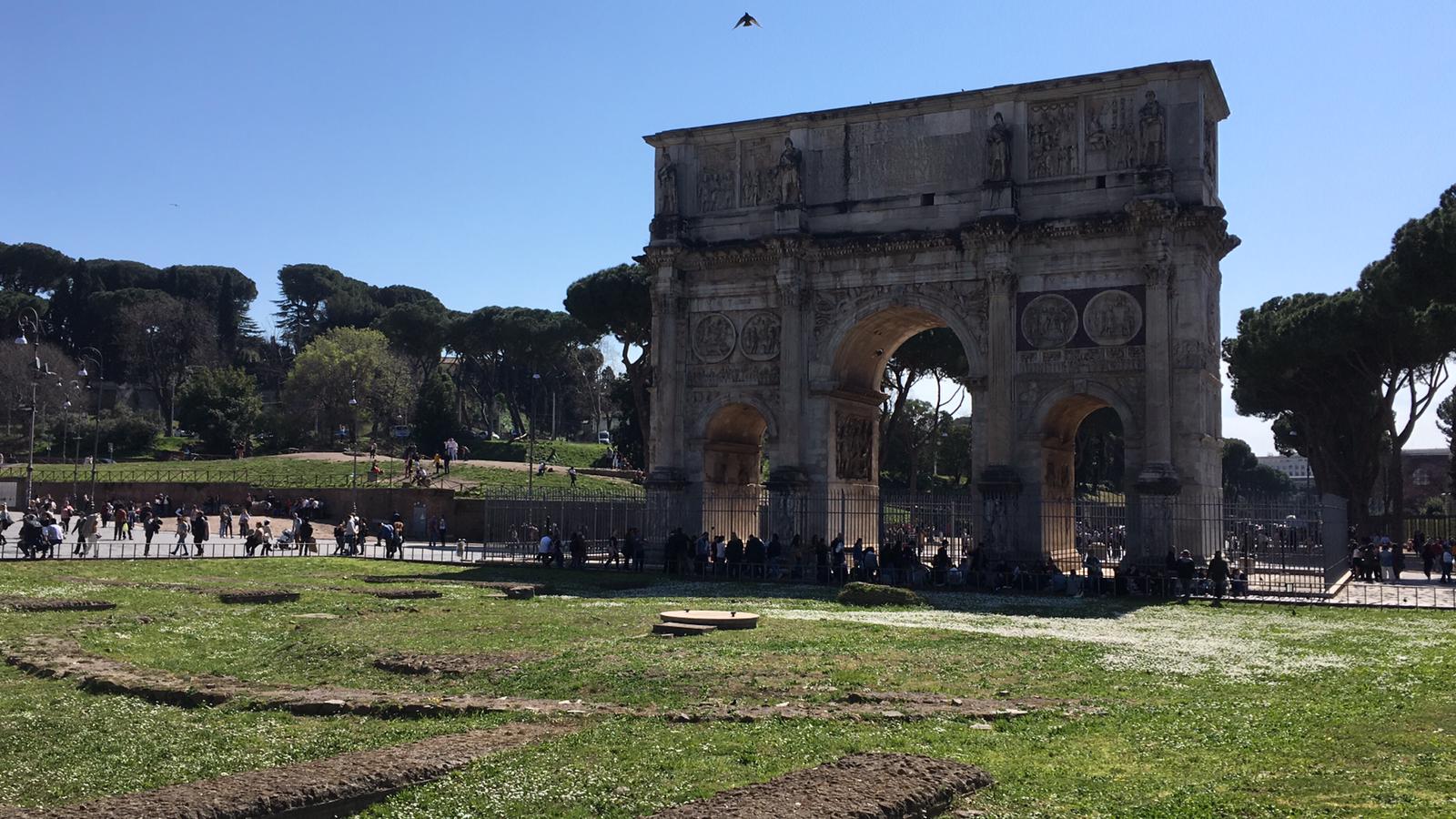
I hope to keep you posted about everything that’s happening during the meeting, when you are not here attending. Regret not being here? I can imagine. For sure next year there will be another chance. In another town or city. And of course come to the EAA conference in Bern!
The opening
The conference room of the magnificent building of the Ministry was slowly filled with professional archaeologists, students and others with at least one thing in common: urban archaeology. The director of the archaeological institute, Elena Calandra, gave us a warm welcome in Rome. After that it was actually my turn. In a short paper I sketched the development of the community, from the session at the EAA conference in Maastricht, the plans of starting a community just before Barcelona, the EAA conference in Barcelona and now Rome. The world around us is changing. We have for example the third science revolution and the growing importance of the public. The challenge for us (urban) archaeologists is how to respond and in fact be pro active to these developments. And where do we stand as a community? We are evolving from an idea into a community. So we need to create a more formal structure, discuss with the EAA board what we can do as a community and if we can have some financial support for example our website. And we are making plans! Where do we want to be in 2025. What should urban archaeology look like in the near future? That’s what we will be working on this year, here in Rome and later at the EAA conference in Bern.
After my paper we got an insight by Valeria Boi and Annalisa Falcone into a very ambitious project of the Ministery. It is a portal which links all the archaeological data in Italy also in GIS. It links information from all excavations and research in Italy. It complies to the Ariadne data model. A promising project which could be of great interest for other European countries!
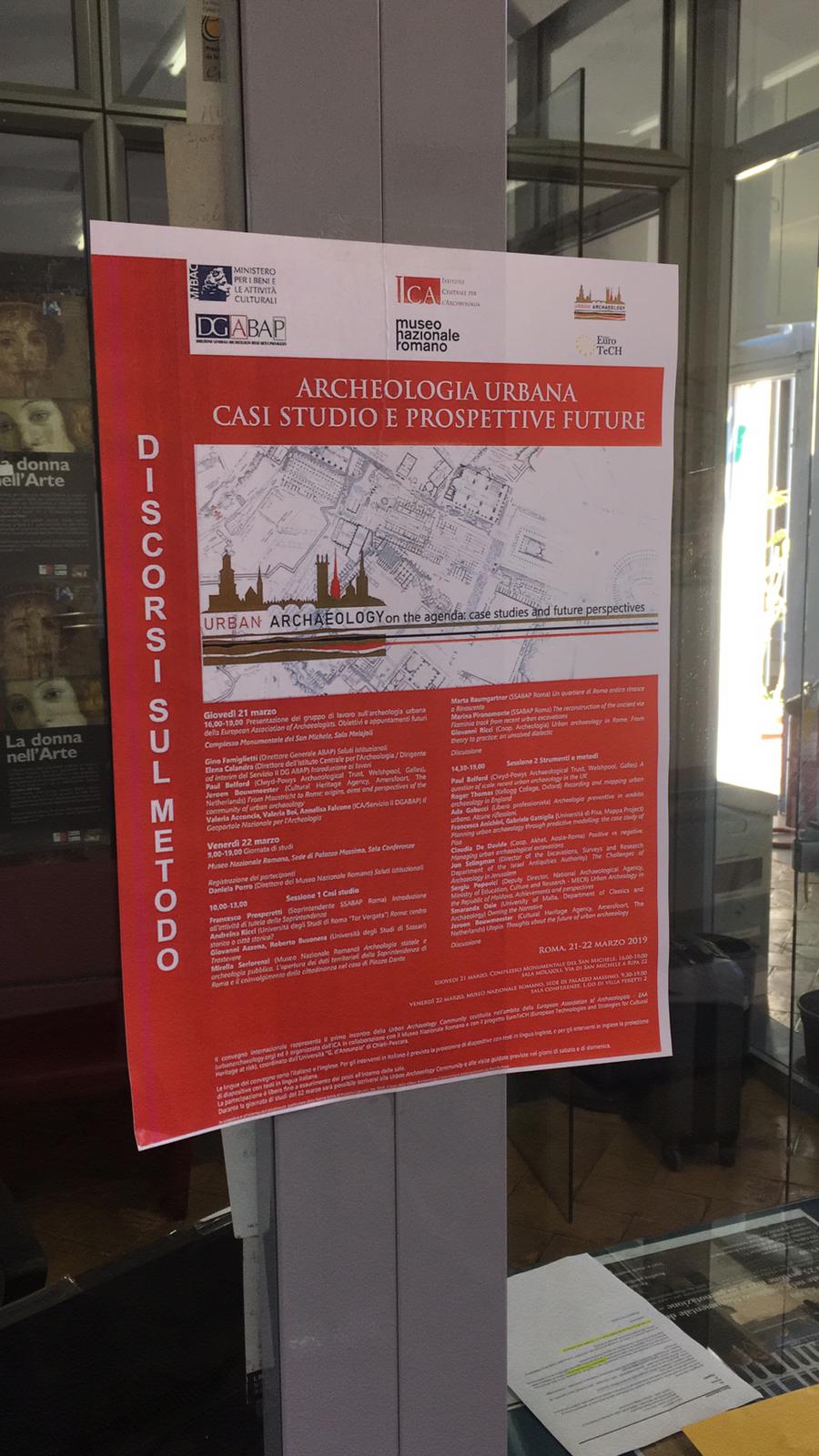
The conference
On Friday morning I entered full with ecpectations the conference room of the magnificant museum in the Palazzo Massimo. Surrounded by beautiful Roman statues we were talking different aspects of urban archaeology. The morningsession was all about Rome. The presentations made perfectly clear that Rome alone has to deal with so many difficult challenges. Of course there are all the world class and still standing monuments in such a high number and with so many visitors they largely overshadow the other sites. For example in the Roman suburbs. It is really great how archaeologists work hard to preserve also these remains but also to connect them to the local people. Impressive were the excavations under the current Rinascente. A huge complex excavation between old Roman aquaducts. All the structures are gone but what remained was a profile on which the several phases of the structures were shown. On Saturday we will visit this site.
Of a different nature are the projects to digitize the local data. One of the discussions was also about connecting them to the yesterday mentioned project and also who owns the data. This will be further discussed in the afternoon after the paper about Pisa.
In the afternoon we were taken to England in a paper about registrating archaeological data, as to Pisa where they developed a method to predict archaeology and to give them a certain value. In Aosta we were shown the value of combining landscape and archaeology to make good predictions. The next two papers showed the challenges and practice of archaeology in Moldova and Israel. The final papers were about the challenges of urban archaeology in the 21st century. For example how to connect to the public. After the three steps in the evolution of archaeological heritage management as Willem Willems discerned, we find ourselves in a fourth stage.
Of course this blog can hardly reproduce all the interesting papers we heard, but we aim to publish the papers at least online so that all who couldn’t be in Rome still can read all that has been said.
So what did we learn today? Obviously a lot! What I think what is most important is the fact that we exchanged all these experiences and how inspiring it really is to talk and discuss all this with collegues from all over Europe and beyond!
Tomorrow the excusions! Of course we are looking very much forward to it. Especially because we can see some sites of which we heard today in reality!
Jeroen Bouwmeester
Admin - 21:24:40 @ Conferences | Add a comment
Categories
We are the EAA Community for Urban Archaeology. We exchange ideas, experiences, research, knowledge etc. all to improve archaeological research and heritage management in (highly dynamic) urban centres. We are part of the European Association of Archaeologists, but don’t represent the EAA as a whole.
Copyright EAA Urban Archaeology Community / J. Bouwmeester 2023
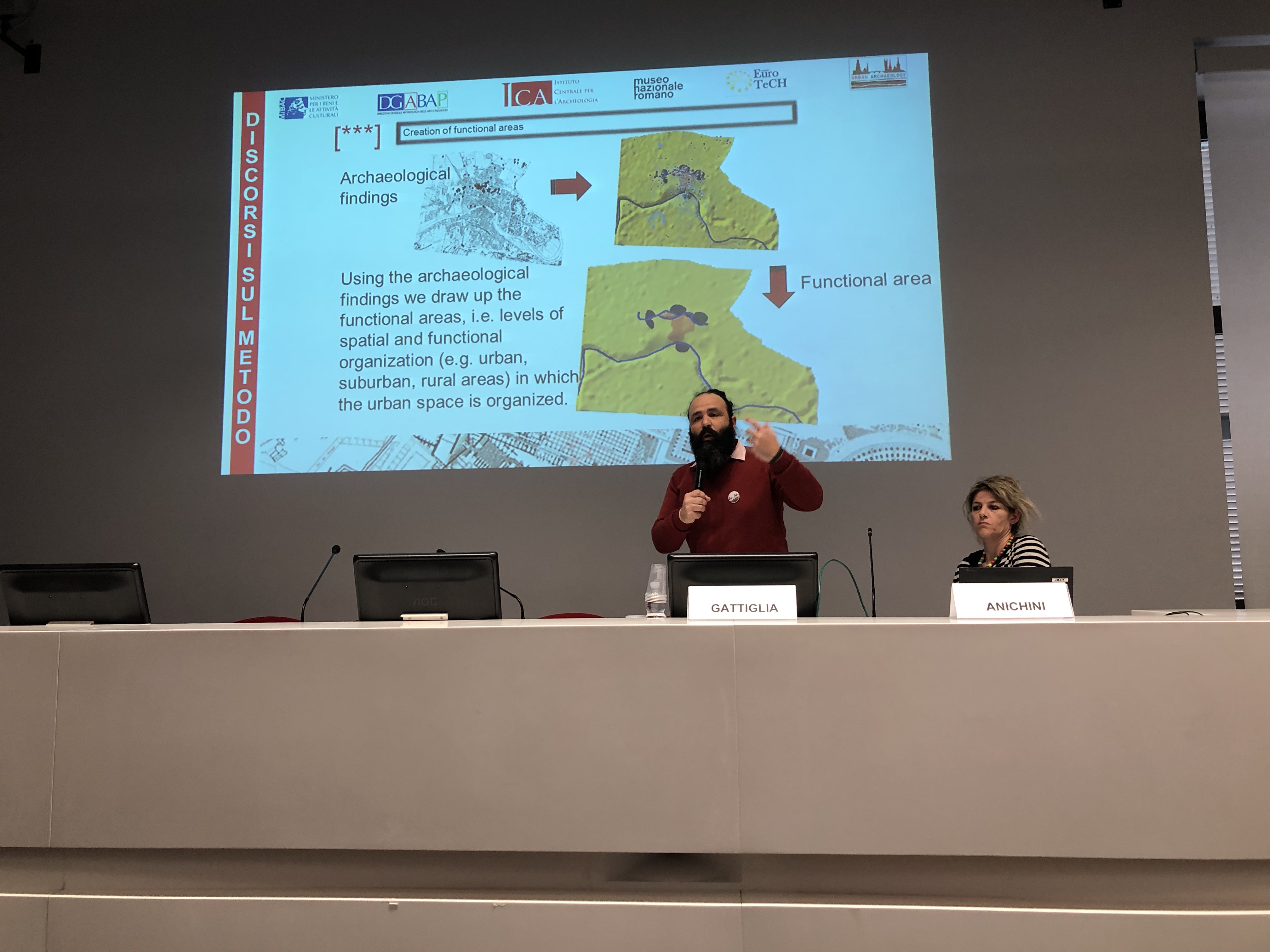
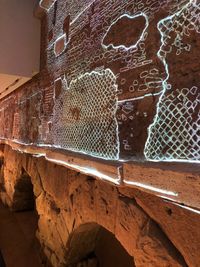
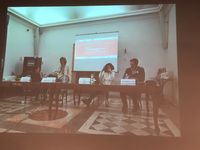
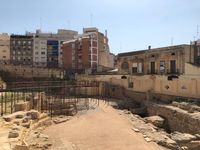
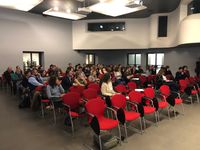
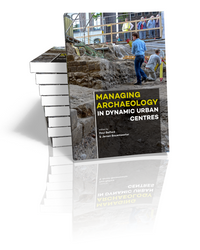
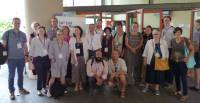
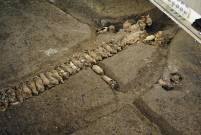
Add comment
Fill out the form below to add your own comments